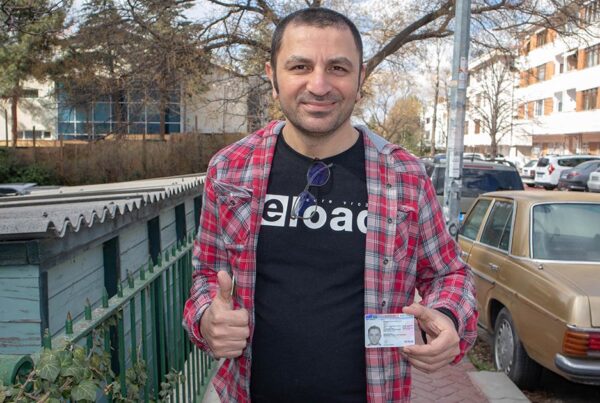Languages spoken in Estonia have a complex structure. The official language of Estonia is Estonian. Estonian belongs to the Ural Altaic language family from the Finno-Ugric language group. Since the language family of Finnish and Estonian spoken in Finland are the same, these two languages have very similar characteristics. Although their geographical locations are very close, they do not have the same language family. Most countries in Europe belong to the Indo-European Language Family, but Estonian differs from most European countries in terms of language family. Due to Russia’s occupation of Estonia, Russian is widely used today among citizens between the ages of 40 and 75. Until Estonia’s declaration of independence, russian was the compulsory, though not official, language that the country had to learn. Other languages spoken in Estonia include German, Finnish and Swedish. Today, especially English is widely used in Estonia. This may be related to the establishment of companies by foreign investors in Estonia.
What Is Estonian Literature?
Works in Estonian literature 13. century. The oldest known inscriptions in Estonian works are the Kullamaa prayers. In 1535, a Lutheran book was published in both German and Estonian languages, but for a while the question was removed from this book publication. The period of National Estonian Literature covers 1810 and later. In this period, philosophical poets such as Kristjan Jaak Peterson came to the fore. In modern Estonian literature, Jaan Kross and Jaan Kaplinski stand out as the most famous and most translated artists in Estonia.
How is Estonian Classified?
In Estonian language classification, it is dependent on the Finno-Ugric language from the Ural Altaic Language Family. Although Estonian has very similar features to Finnish, it is a language of a European country. Estonia, one of the European countries, is the only European country that does not have an Indo-European language. Estonian has an agglutinative language structure. Long words can be formed by adding suffixes to words. Unlike many languages in the Ural Altaic Language Family, Estonian has no vowel harmony. Estonian sentence structure is subject-verb-object. The confusion in this order is due to the wear at the end of the Estonian words.
What is the Estonian Alphabet?
The Latin alphabet is used as the Estonian alphabet . This alphabet consists of 27 letters. In the formation process of the Estonian alphabet, there were inspirations from the German alphabet. In Estonia, the letters ä , ö and ü were added to the Estonian alphabet due to the German speaking of the upper classes in the old times. The letters c, q, w, x and y have been added to the Estonian alphabet in order to ensure the harmony of foreign languages. Except for special or foreign words, the letters f, z, š and ž are not used in Estonian speech. An Estonian sound, /ɤ/ is the pronunciation of the letter Õ in the Estonian alphabet.
What is the Grammar Required for Learning Estonian?
In Estonian grammar, words are agglutinative language. It is also one of the associative languages. There is no gender conjugation in Estonian. Unlike Ural-Altaic languages, Estonian case suffixes are 14. The case of the predicates in the sentences has the case of the complement in the singular and the nominative case in the plurals.. Appearing while learning Estonian One of the big differences is that there is no future tense, the present tense is used to talk about the future. In addition, if there is a hidden subject in the verbs, there are special forms to bring the verbs to the fore.
What are the languages used in Estonia, other than Estonian?
There is variation in other languages used in Estonia . The official language of Estonia is Estonian. But many different languages are used in the country. Due to the Russian occupation of Estonia, the Russian language dominated the country during this period. Although Russian is not accepted as an official language, speaking Russian has become compulsory in this period. After the independence of Estonia, the use of Russian decreased. In Estonia, apart from Estonian and Russian, it is also used in Swedish, Finnish and German. The reason for the use of these languages may be due to the Finnish, German and Swedish people living in the country. The most widely used language spoken in Estonia today is English. The reason for the widespread use of English in Estonia is that Estonia has given all citizens of the world the right to invest in the country. At the same time, the advanced technology increases the use of English in Estonia.[/vc_column_text][/vc_column][/vc_row]
Work with Advist in your EU Settlement Process.
Get a residence and work permit in the country you want in Europe!



